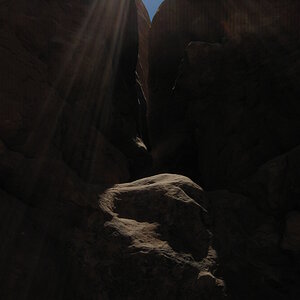- Joined
- Mar 8, 2011
- Messages
- 25,160
- Reaction score
- 9,010
- Location
- Iowa
- Website
- pixels.com
- Can others edit my Photos
- Photos NOT OK to edit
Physically impossible to be a star. If it was, it would be an arc parallel to all the others. It's most likely a satellite.


 Trying to get the images off the camera, via USB, without opening the sealed box, has become a major frustration. ()old camera, old software, new computers won't run Canon EOS utility, new versions don't work with older cameras!)
Trying to get the images off the camera, via USB, without opening the sealed box, has become a major frustration. ()old camera, old software, new computers won't run Canon EOS utility, new versions don't work with older cameras!) The light was from their fusion flame in a braking maneuver!
The light was from their fusion flame in a braking maneuver!

![[No title]](/data/xfmg/thumbnail/32/32984-d9969dc997f82365b4d1f097cb5838c3.jpg?1619735814)
![[No title]](/data/xfmg/thumbnail/36/36660-bd2cdec38aac6e50675fa36657307cba.jpg?1619737675)



![[No title]](/data/xfmg/thumbnail/36/36662-242aa39f5cb3a23494857864779f669b.jpg?1619737675)

![[No title]](/data/xfmg/thumbnail/34/34057-a5a92fad5f5d96a5945d55a404b0cd27.jpg?1619736257)